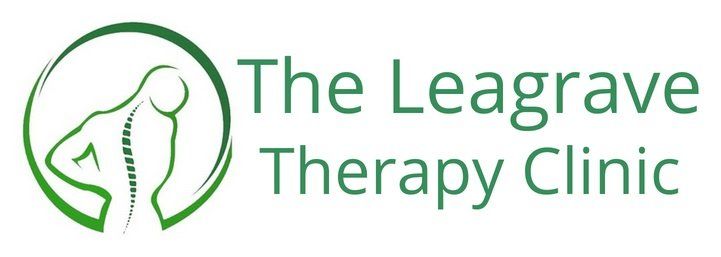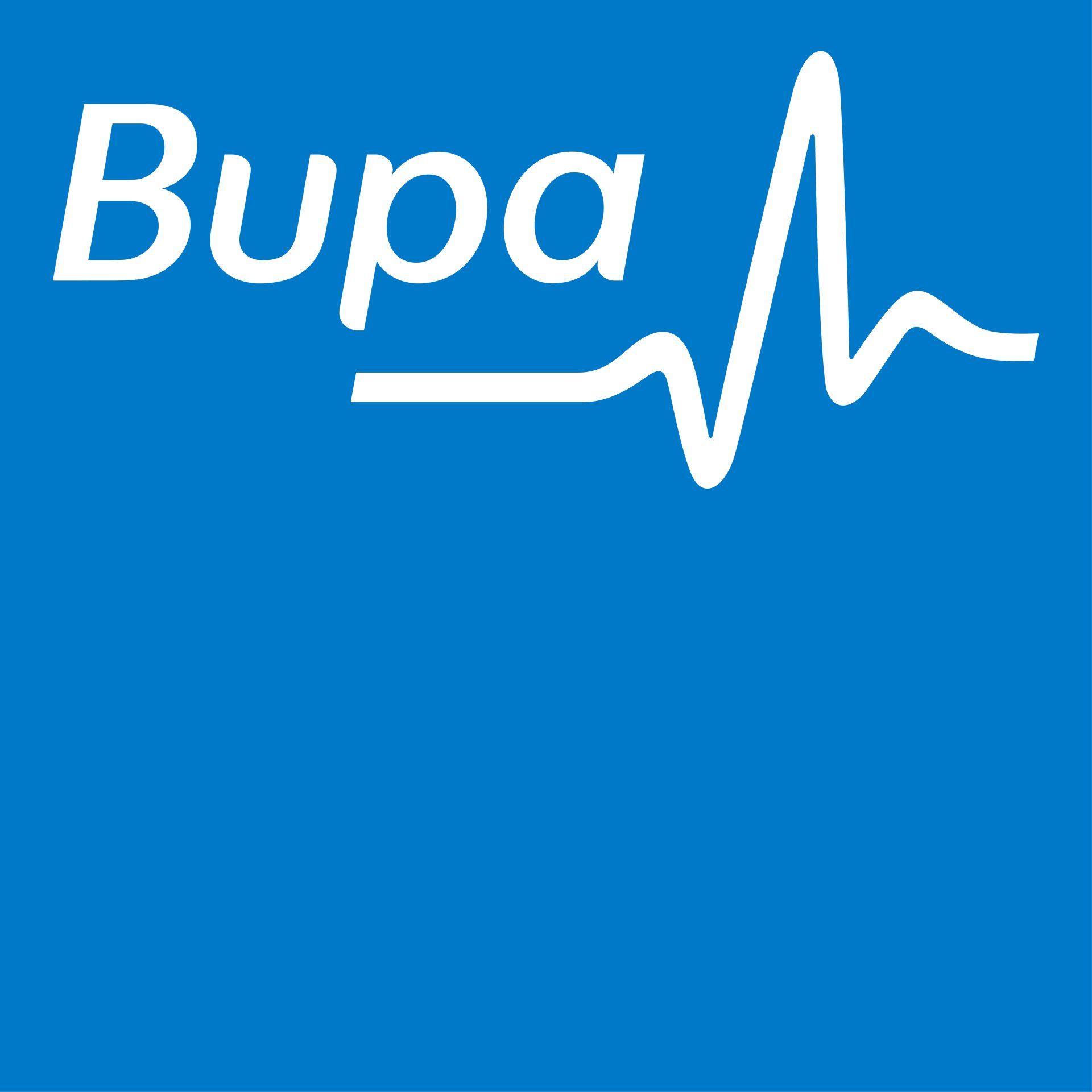Corporate
The Office Vs Health
Diet & Lifestyle
One is probably sick of the term "we are what we eat", but a realistic day-to-day organised and sustainable diet regime with high nutritious foods is also incredibly important, if not, the most important. A sustainable healthy diet with a physically active lifestyle can help determine our mood, sleep patterns, alertness, cognition, energy levels, personality and memory.
The 'New' Lifestyle Programme
A short period of strict diet regimes with a regular personal training program might reportedly help reduce an individual's weight and tone their pre-office-bound muscles, which is impressive. But a question to consider for the long term is; is this new found lifestyle sustainable? Would you be able to keep up with the new lifestyle for 10 to 11 months of the year on a day-to-day basis?
The NHS physical activity guidelines for adults aged 19 to 64 years old is:
- To perform 150 minutes (or 5 x 30 minutes) of moderate intensity of activity a week e.g. cycling, walking, swimming, jogging (slow run), aqua aerobics.
Or
- 75 minutes of vigorous intensity of activity a week. This is approximately an hour and a half of your systolic blood pressure rising to between 160 to 220 mmHg during exercise i.e. the exercise makes you sweat e.g. boxing, running, sprinting, FIIT, circuit training.
Simple example questions to ask yourself to commit to a healthier diet are:
- Can you honestly say what your meals (breakfast/ lunch/ dinner) are likely to be within the next 5 days and are they organised meals containing nutritious foods?
- What snacks in between meals are you likely to have to keep yourself going during the day for the next 5 days? If 5 days seems to daunting, think about what they could be for the next 2 days. Then 2 days after that.
- Do you drink enough water for your day-to-day lifestyle? Can you cut down the number or caffeine or fizzy drinks?
- Do you have too many take-outs? Is there any way to cut the number down and swap them for a nutritious healthy meal?
- Have you tried spending a full afternoon cooking different nutritious meals? Make sure that the experience is enjoyable and could you carry meals over to the following day/ week and plan meals ahead?
Another way to think about lifestyle is: each daily dietary intake and exercise activity counts up to an overall long term result both physically and mentally that will have an impact for the following months and years.
Which lifestyle decisions and the paths you choose can only be made by you.
Office Workers' Health Stats and Facts
- According to the Economic Evidence Report 01582 596 380, sickness absence costs UK businesses an estimated £29bn each year.
- The average worker takes 6.6 days off each year due to sickness.
- An average London firm of 250 employees loses around £250,000 a year due to ill health.
- The productivity loss as a direct cost of cardiovascular disease is £8 billion per year.
- Average absence has increased most in the public sector where it is now 50% higher than in the private sector.
- The level of absence across the UK also tends to be higher in larger organisations, regardless of sector, and on average manual workers have 1.5 more day absence per year than non-manual workers.







